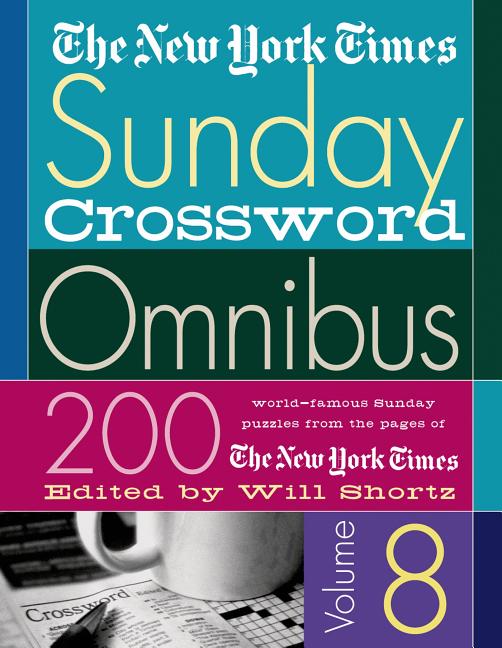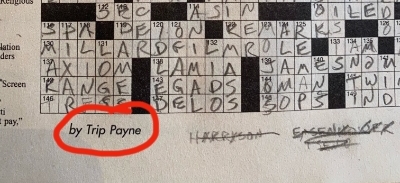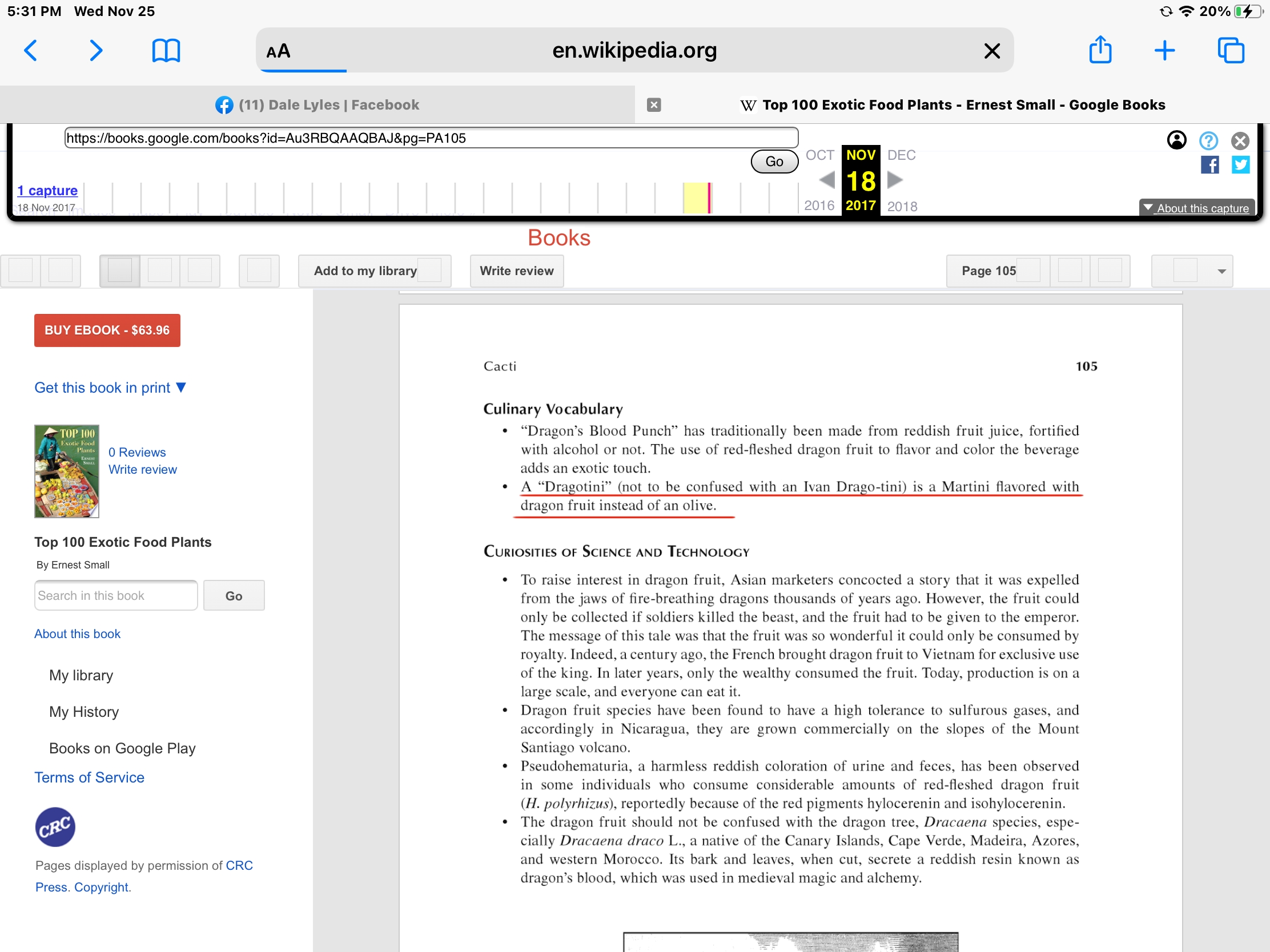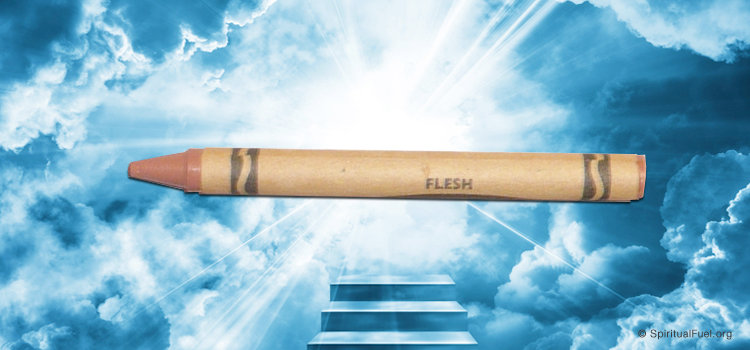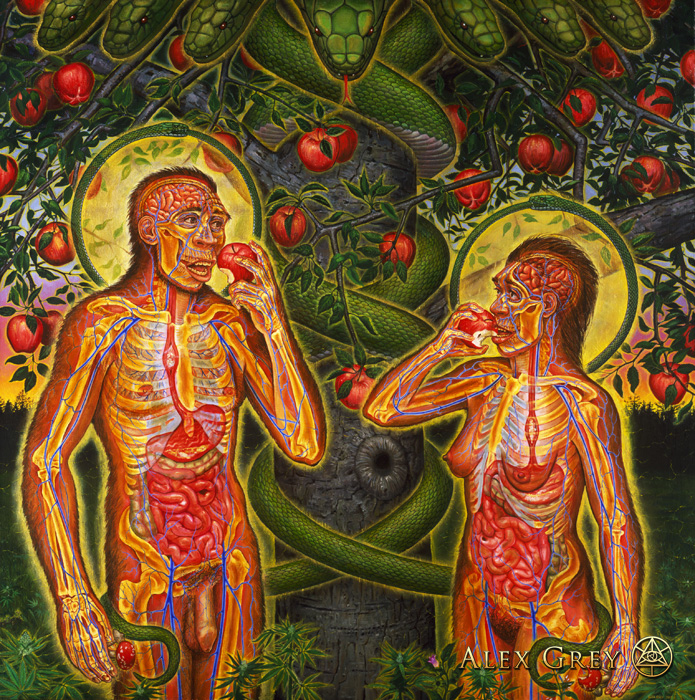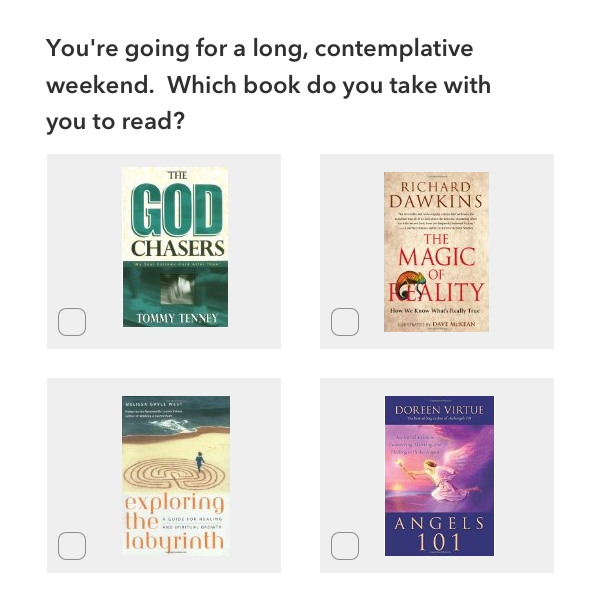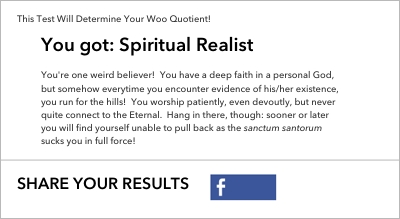Back in 2015, our friends and we set out for Arizona. It started when one of our members wanted to experience the “thin places” in Sedona, and then my Lovely First Wife turned into a large-scale trip involving Flagstaff, Grand Canyon, Antelope Canyon and a sweltering raft ride on the might Colorado, Sedona, and squeezing in the Montezuma Castle National Monument on the way back to Phoenix. (You can read all about it here. And of course my world-changing Lyles REMS Scale of Woo. In both instances, scroll to the bottom and work your way up.)
 THE POINT BEING that while we were in Sedona, we indulged in all the woo we could find, including having our chakras balanced at the Center for the New Age, and somehow my email got attached to my Lovely First Wife’s signing up for a weekly newsletter.
THE POINT BEING that while we were in Sedona, we indulged in all the woo we could find, including having our chakras balanced at the Center for the New Age, and somehow my email got attached to my Lovely First Wife’s signing up for a weekly newsletter.
So yes, ten years later I check my “personal horoscope” from the Center every week. In my defense, I am an Existential Mystic [see: Lyles REMS Scale, linked above], so it’s always good to check in on what the Universe is up to, even if it is mere wooish mumbo-jumbo.
Occasionally, of course, said horoscope just offers up tantalizing visions of what could be. Unfortunately, they almost always involve my getting off my ass and putting in the work. How is this even fair, even? Why isn’t the Universe just handing to me if that’s what the Universe has in store for me? Can I get an amen?
Anyway, this week’s was rather upbeat, given the hellscape we are currently entering:
Taurus (April 20-May 20) Weekly Horoscope: for Taurus & Taurus Rising
House Impacted: 10th house (career, public image)
Themes: Dream big, act boldly.
Taurus, it’s time to turn your professional aspirations into action. Venus and Neptune in your career zone are stirring up creative visions of what’s possible, but daydreaming alone won’t get the job done. Jupiter stationing direct in your 2nd house helps clarify your financial priorities, while Venus in Aries on February 6 inspires you to work behind the scenes on your next big move. This isn’t about instant results—it’s about setting the stage for long-term success.
IRL Tip: Write down one bold career goal and take a small step toward it. Whether it’s scheduling a meeting or updating your portfolio, progress starts now.
I mean to say, how mean is this? For one thing, WHAT ONE BOLD CAREER MOVE SHOULD I BE WRITING DOWN?
That’s a serious question. How the fupp should I know?? I mean, really, how should I know what that one bold career move should be?
I am taking suggestions in comments.
